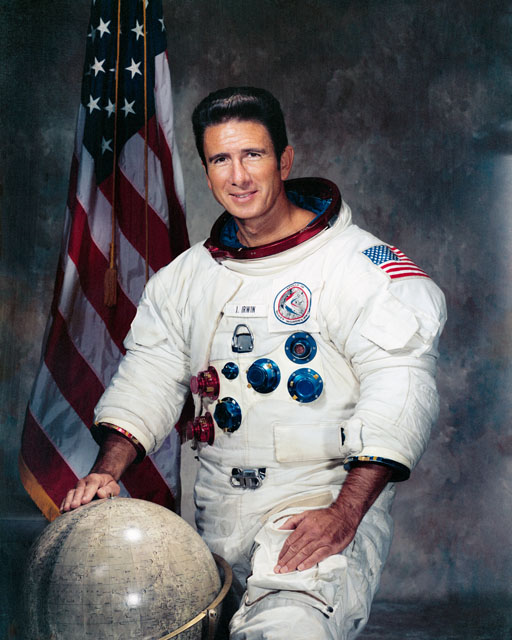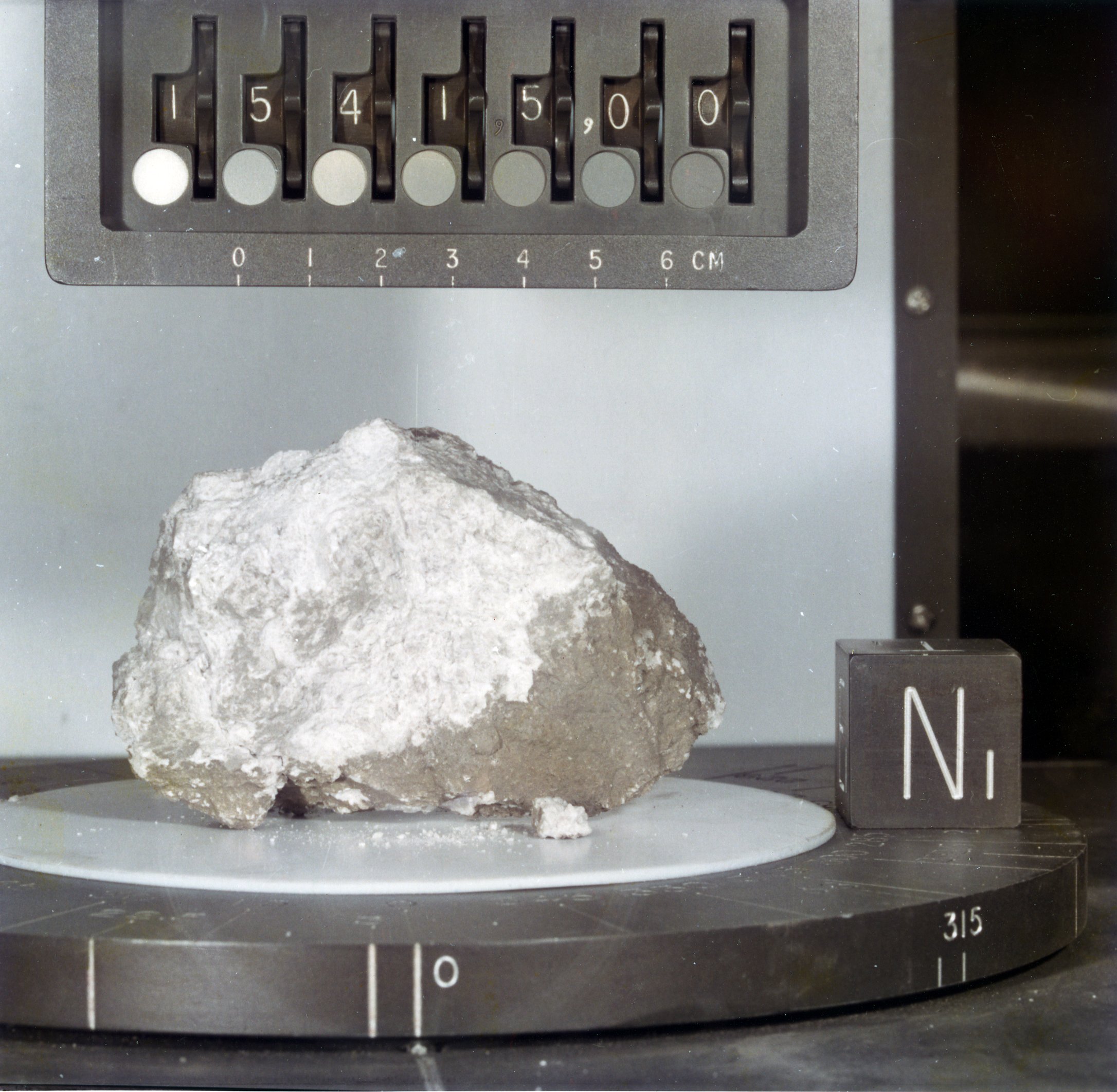James Irwin: Eighth Man on the Moon

James Irwin was a NASA astronaut who walked on the moon during Apollo 15. His arrival on the lunar surface capped a lifetime of longing to visit Earth's largest neighbor.
The astronaut left the moon with a renewed sense of religious belonging, and founded a religious organization. After several years helming the High Flight Foundation, Irwin died of a heart attack in 1991.
Early obsession
In his later years, Irwin said he had always wanted to go to the moon, even as a small child.
"When I was just a little boy, I had such a fascination with the moon, for me to go there," Irwin recalled in a 1991 public appearance posted on YouTube.
"I told our neighbors, but they all laughed at me. I told my mother and father. They were somewhat amused, but then my mother said, 'Son, man will never be able to live there.' She said, 'Just forget that.'" She said, 'Just do something worthwhile with your life.'"
Irwin started his career in the Naval Academy and joined the Air Force when he graduated, receiving time in airplanes at both Hondo Air Base and Reese Air Force Base in Texas. From there, he moved into training for test pilot work with the Air Force Experimental Test Pilot School and the Air Force Aerospace Research Pilot School.
NASA picked him and 18 others in 1966 for astronaut training, while Irwin was chief of the advanced requirements branch at Headquarters Air Defense Command. Now, the lifelong flyer finally had a chance to aim for the moon.
Reaching the moon
The veteran test pilot soon had a chance to test out a whole new kind of vehicle: the lunar module. This spacecraft, with its strange angles and thin walls, was a true spaceship as it could only function in the vacuum of space. Irwin was the crew commander of a lunar module that was put through a set of thermal vacuum tests in 1968.
Irwin was also on the astronaut support crew for Apollo 10 and – along with David Scott and Al Worden – was assigned as a backup astronaut for the Apollo 12 flight that reached the moon's surface.
The three men then got a flight of their own: Apollo 15. The mission was designated as one of the most scientifically intensive yet, with an emphasis on geology as well as operating the new lunar rover to get the most out of their time on the surface.

Irwin and Scott performed several spacewalks on the surface during their mission in 1971, picking up remnants of the moon's crust as they wandered the mountains of Hadley Rille. Among them was the Genesis Rock, a piece of the moon's crust that is more than 4 billion years old. To this day, it is providing clues to how the solar system might have formed.
While on the surface, Irwin showed signs of heart trouble that concerned those in mission control; Chuck Berry, a physician, told NASA flight director Chris Kraft that the signals looked like a heart attack. Irwin reported that he felt tired, but within minutes his heart appeared to go back to normal. He had his first heart attack a few months after returning, however.
The men's return to Earth was marred, some months later, when NASA discovered the crew flew hundreds of unauthorized stamp covers on the mission with intentions to eventually receive money from a private collector.
"We had acted in haste and under terrific pressure from the preflight and postflight schedule, but this didn't excuse us," Irwin later wrote in his biography, "To Rule the Night." However, he pointed out, he refused the money eight months before the scandal broke out publicly.
Aiming for the highest flight
Irwin's time on the lunar surface permanently changed him, and inspired him to go in a new direction in his life.
"In the three days of exploration, there were a couple of times when I actually looked up to see the Earth," he wrote.
"That beautiful, warm living object looked so fragile, so delicate, that if you touched it with a finger it would crumble and fall apart. Seeing this has to change a man, has to make a man appreciate the creation of God and the love of God."
Irwin left NASA in 1972 to start the High Flight Foundation, a Colorado Springs-based religious organization. The foundation is still in existence today, with several Irwin family members involved on its board.
Irwin wrote several books as he helmed the organization. His heart troubles finally did catch up with him, however; he died in 1991 of a heart attack.
— Elizabeth Howell, SPACE.com Contributor
Join our Space Forums to keep talking space on the latest missions, night sky and more! And if you have a news tip, correction or comment, let us know at: community@space.com.
Get the Space.com Newsletter
Breaking space news, the latest updates on rocket launches, skywatching events and more!

Elizabeth Howell (she/her), Ph.D., was a staff writer in the spaceflight channel between 2022 and 2024 specializing in Canadian space news. She was contributing writer for Space.com for 10 years from 2012 to 2024. Elizabeth's reporting includes multiple exclusives with the White House, leading world coverage about a lost-and-found space tomato on the International Space Station, witnessing five human spaceflight launches on two continents, flying parabolic, working inside a spacesuit, and participating in a simulated Mars mission. Her latest book, "Why Am I Taller?" (ECW Press, 2022) is co-written with astronaut Dave Williams.










